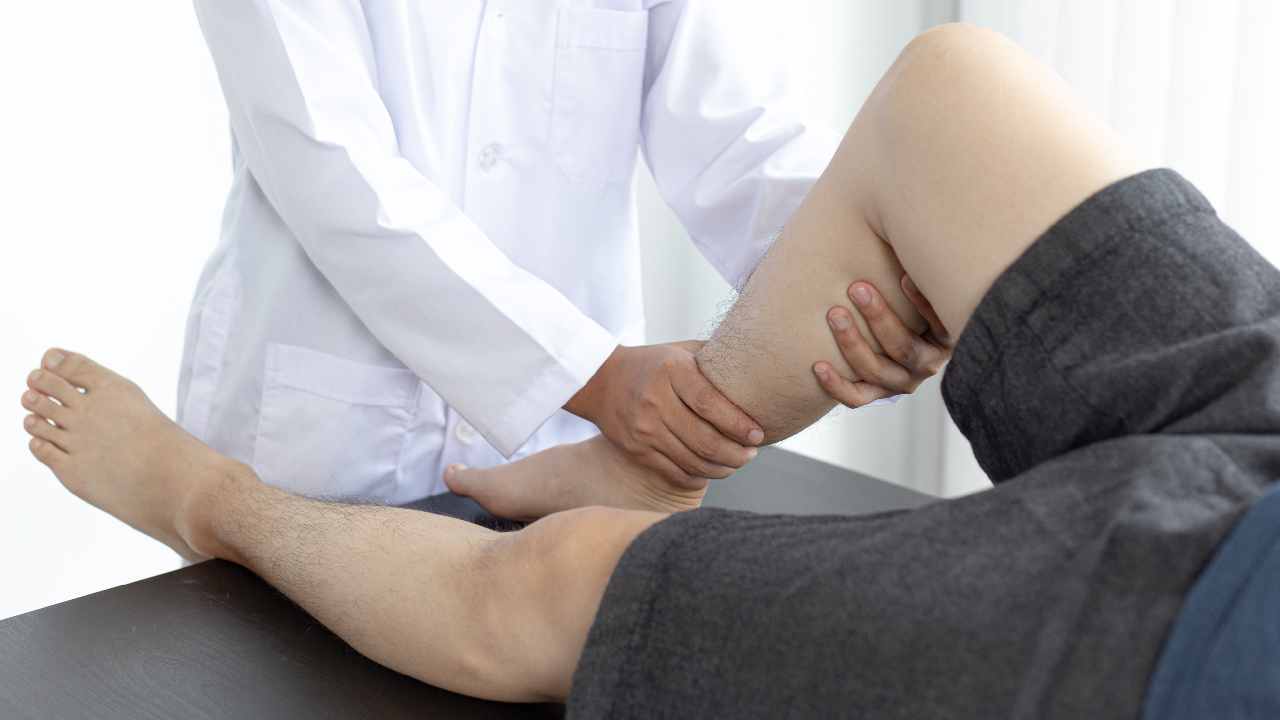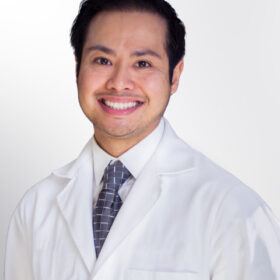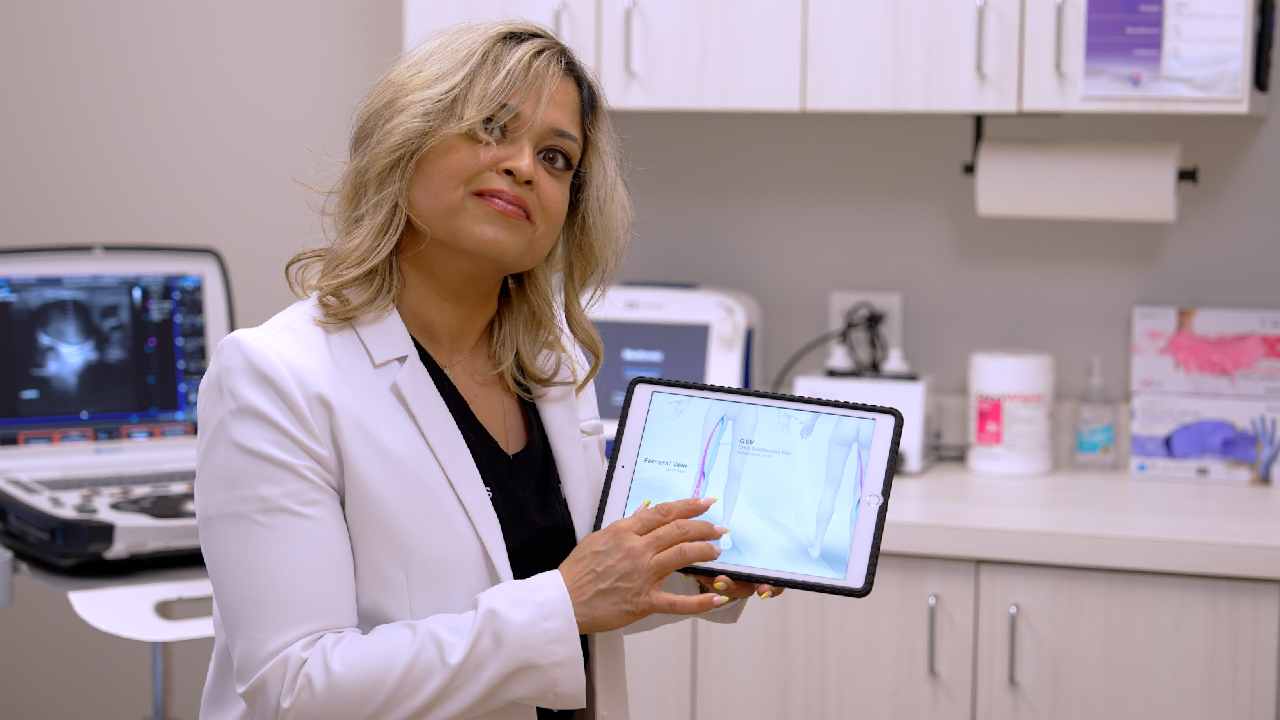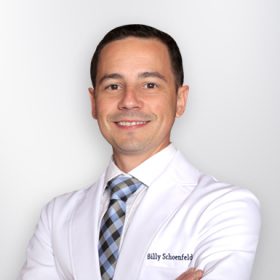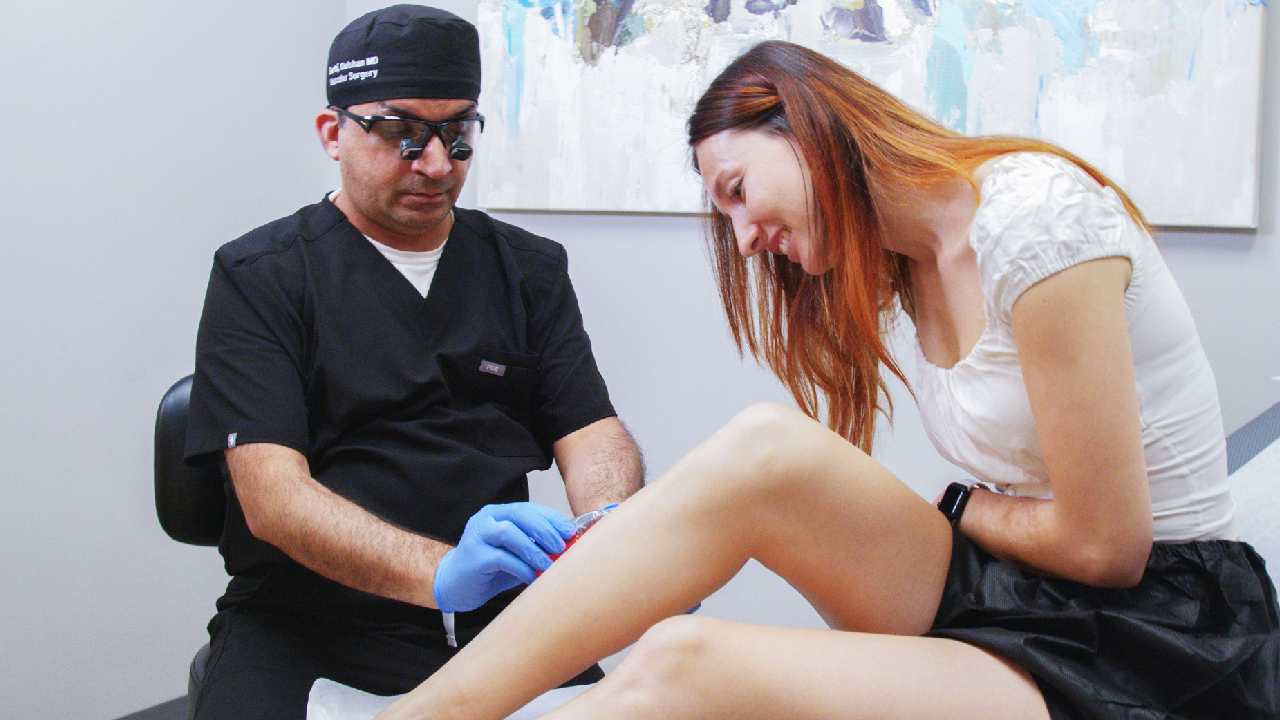
Minimally invasive Varicose Vein Treatments: Sclerotherapy
Varicose veins are swollen, twisted veins that commonly appear on the legs. They may be blue, purple, or lumpy in appearance and can cause discomfort or pain. While some varicose veins may improve after pregnancy, most require medical treatment to prevent worsening symptoms. Fortunately, modern vein treatments offer safe and effective solutions for varicose and spider veins.
Symptoms of Varicose Veins
If you have varicose veins, you may experience:
- Aching, heavy legs that make walking or sleeping difficult.
- Swollen feet and ankles due to poor blood circulation.
- Nighttime cramps or a burning sensation in the legs.
- Thin, itchy, or dry skin over the affected veins.
- Increased symptoms in hot weather or after prolonged standing.
If these symptoms persist and do not improve when elevating your legs, it may be time to consult a vein specialist.
Are you interested in getting more information about your condition or getting a treatment?
Fill the form below to start!
When to See a Vein Specialist
If your varicose veins cause discomfort, swelling, or other complications, you should schedule an appointment with a vein doctor. A vascular specialist will assess your condition and recommend the best treatment.
Vein doctors may suggest lifestyle changes for mild cases, such as wearing compression stockings, losing weight, and elevating your legs. If symptoms persist, more advanced treatments may be necessary.
Common Varicose Vein Treatments
Several non-surgical and minimally invasive treatments can effectively treat varicose and spider veins:
1. Sclerotherapy
Sclerotherapy involves injecting a special foam or solution into the affected veins, which causes them to collapse and fade over time. It is a widely used treatment for spider veins and smaller varicose veins.
2. Endothermal Ablation (Laser or Radiofrequency Therapy)
- Radiofrequency Ablation (RFA): A catheter is inserted into the vein, where heat from radiofrequency energy seals the vein shut.
- Endovenous Laser Treatment (EVLT): A laser fiber is guided into the vein, delivering pulses of energy to close it off.
Both techniques effectively reroute blood through healthier veins and eliminate discomfort.
3. Vein Stripping
The problematic vein is tied off and removed through small incisions in this surgical procedure. This is typically reserved for severe cases and requires general anesthesia.
4. Ambulatory Phlebectomy
This technique uses a light-guided system to locate and remove varicose veins through small incisions. It is less commonly used but can be effective in certain cases.
Does Insurance cover Varicose Vein Treatments?
Many insurance companies classify varicose vein treatment as a cosmetic procedure, meaning coverage may be limited. However, if a vein specialist determines that your condition poses a medical risk, your insurance may cover the treatment. Your doctor can provide documentation to support your claim.
What to Expect After Treatment
Recovery times vary depending on the procedure:
- Sclerotherapy: Minimal downtime, with veins fading over a few weeks.
- Laser or Radiofrequency Ablation: Quick recovery, with most patients resuming normal activities immediately.
- Surgical Removal: This may require a few weeks of rest, depending on the severity of the procedure.
Take the Next Step Toward Healthier Legs
If you struggle with varicose or spider veins, consulting a vein specialist is the best way to determine your treatment options. Whether you need sclerotherapy, laser therapy, or another minimally invasive procedure, professional care can help restore the health and appearance of your legs.
FEATURED POSTS BY VEIN DOCTORS









